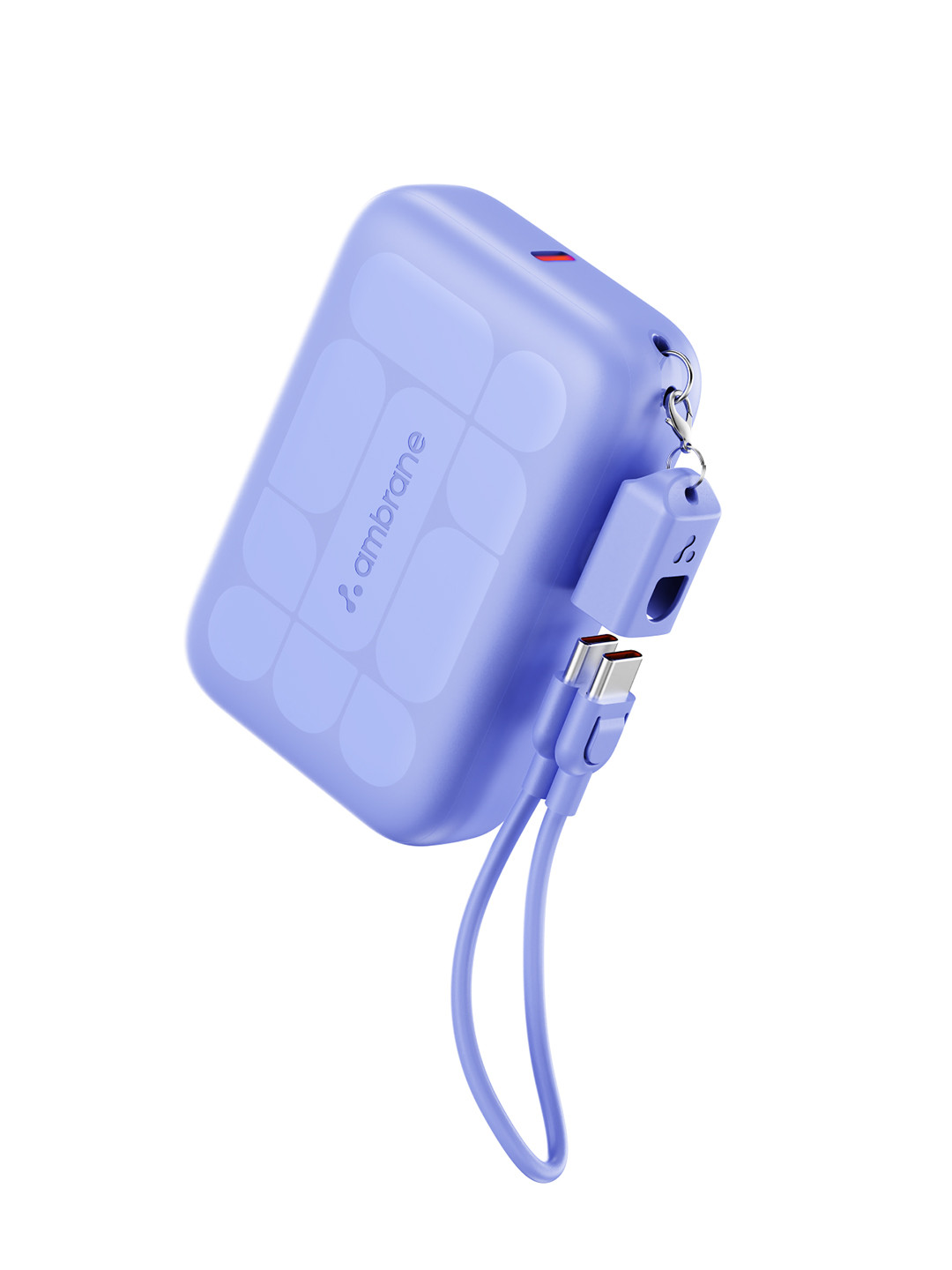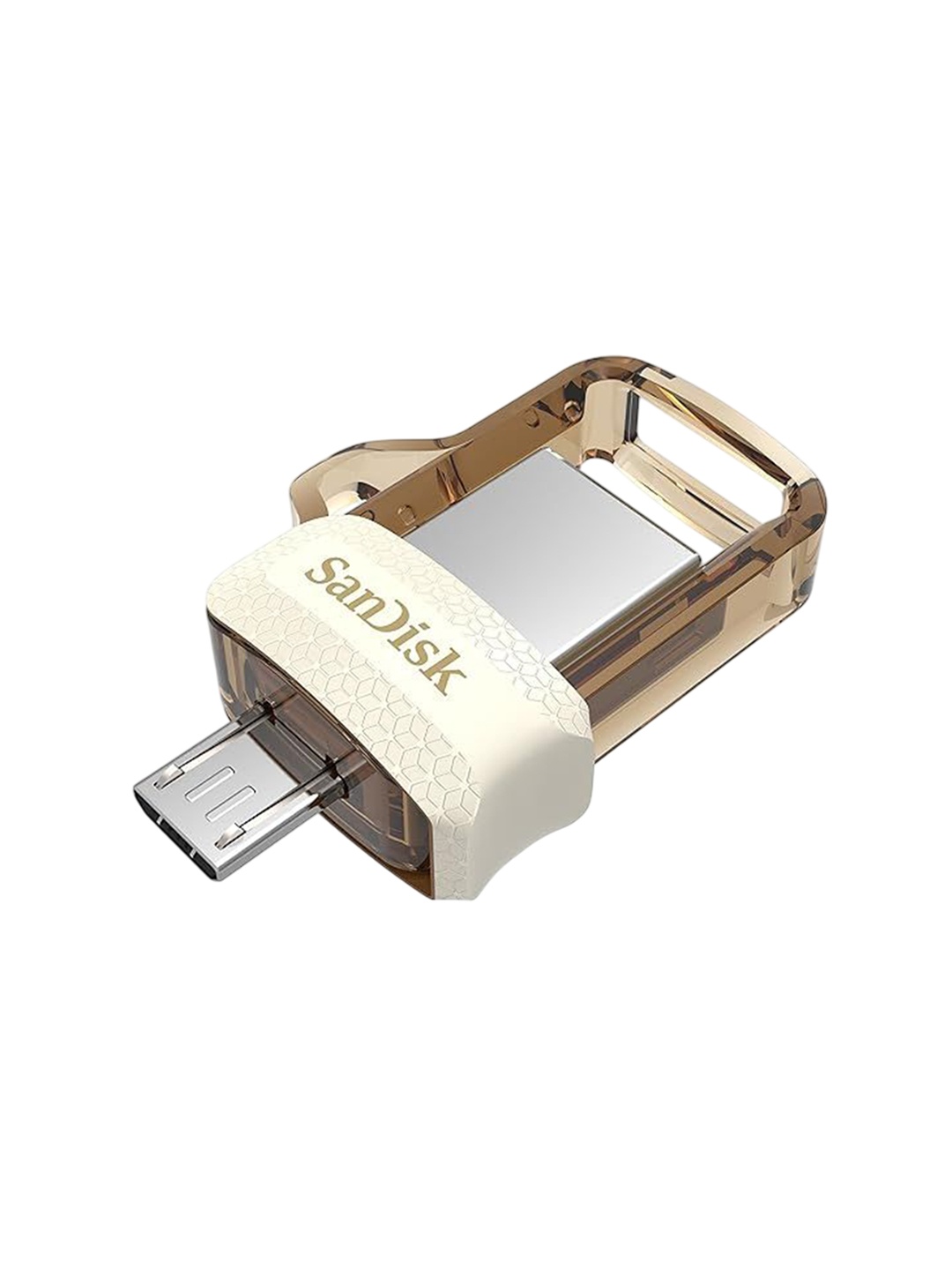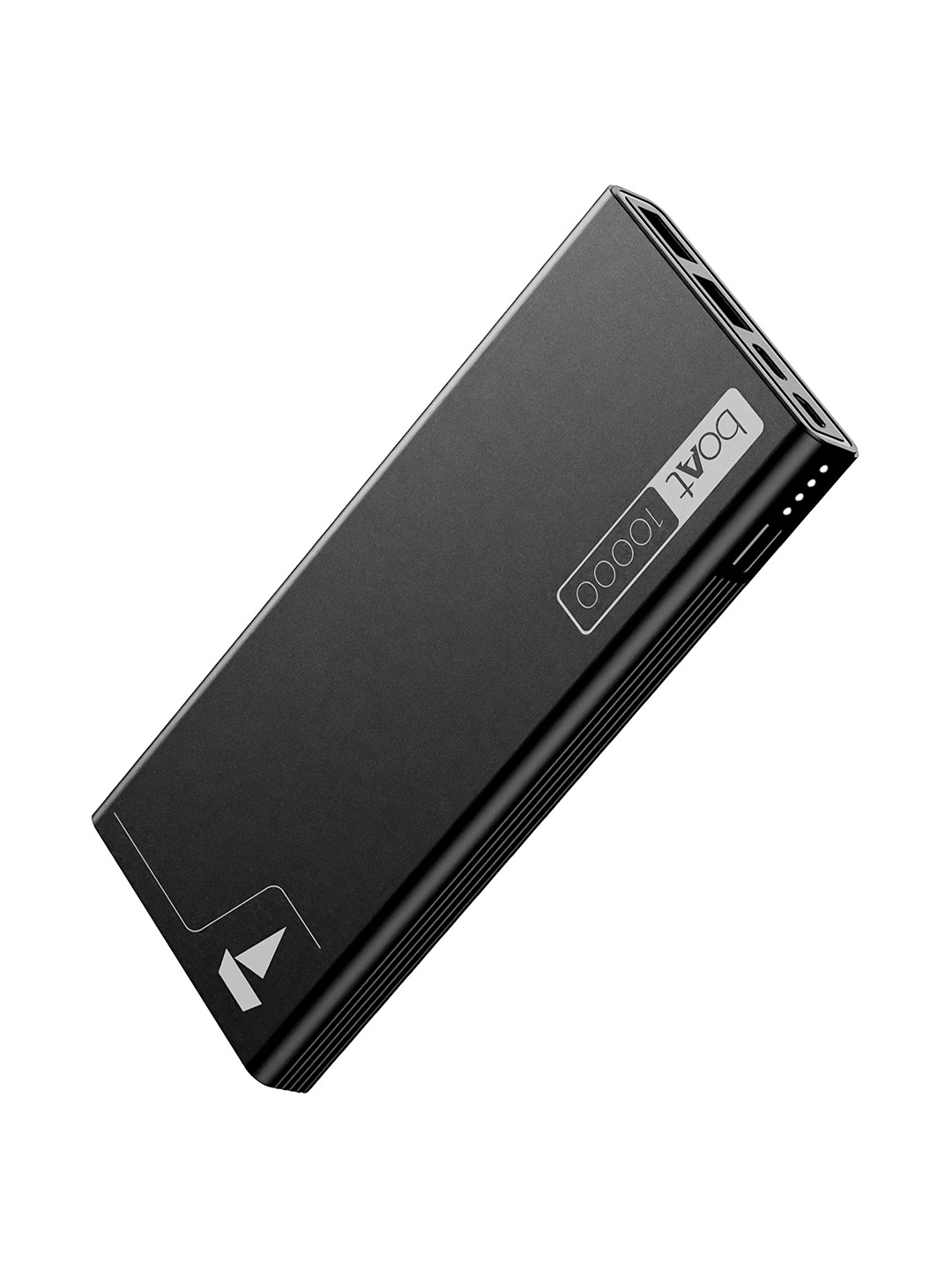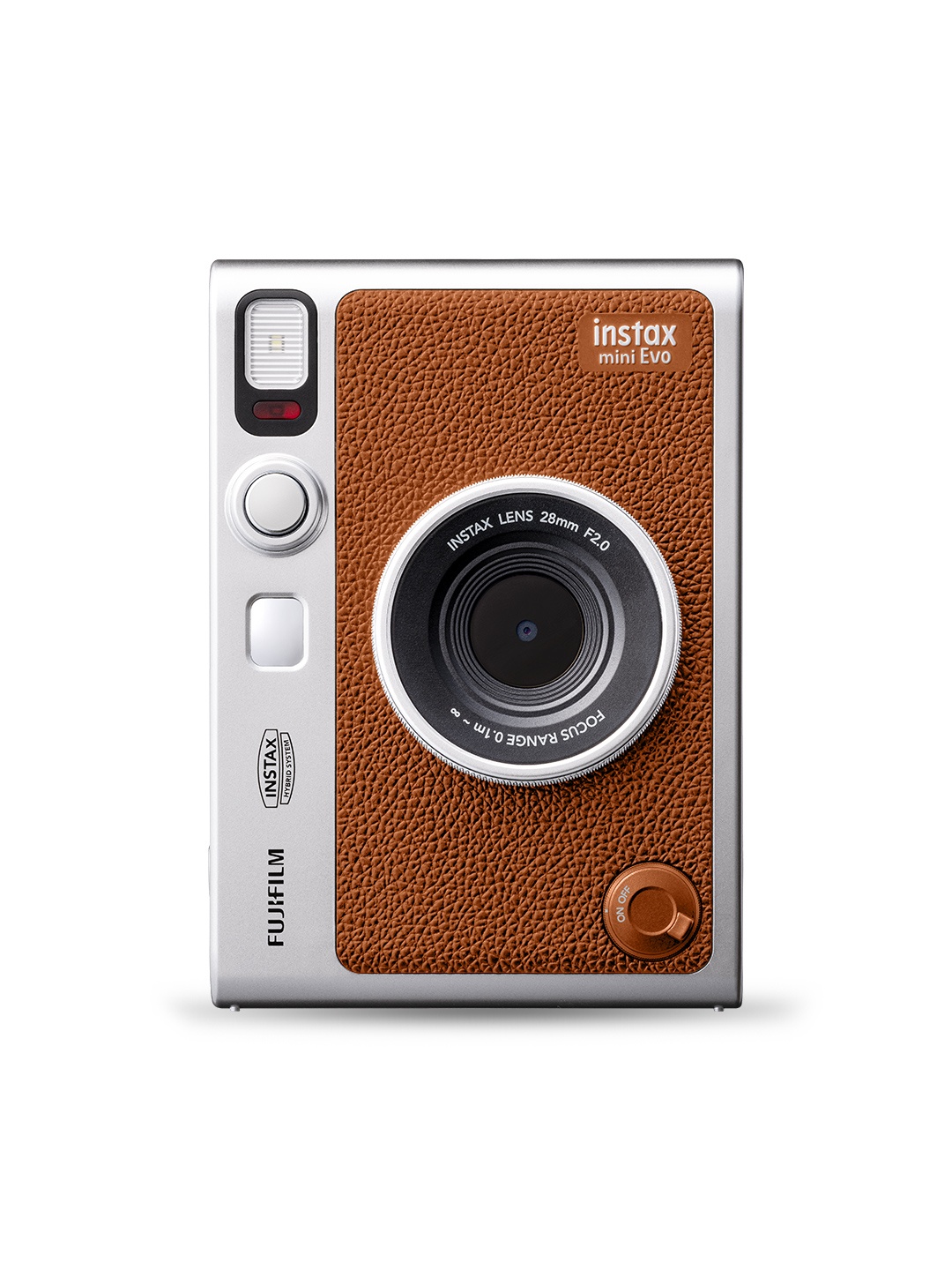How To Stop Your Wireless Mouse From Lagging Or Disconnecting Every Few Minutes
Whether you're using a Bluetooth or USB receiver model, here are 10 easy ways to stop your wireless mouse from lagging or disconnecting constantly.

Wireless Mouse Keeps Lagging or Disconnecting? 10 Easy Fixes That Actually Work.
You're deep into work, on the verge of finishing a presentation or crushing that last level in your game, when your wireless mouse suddenly freezes. You move it around, nothing. The cursor twitches, stalls, then jumps like it's on a bad Wi-Fi connection. Few things are more irritating, especially when they happen every few minutes. Wireless mice are meant to make life easier, with no cables, more freedom and a clean setup. But that freedom comes at a cost when signals drop or the mouse starts acting up.
However, most of these issues are fixable at home with just a few tweaks and checks. Using a Bluetooth or USB receiver mouse? Here are 10 simple fixes to prevent frustrating lag or disconnection issues and ensure smooth, uninterrupted wireless performance.
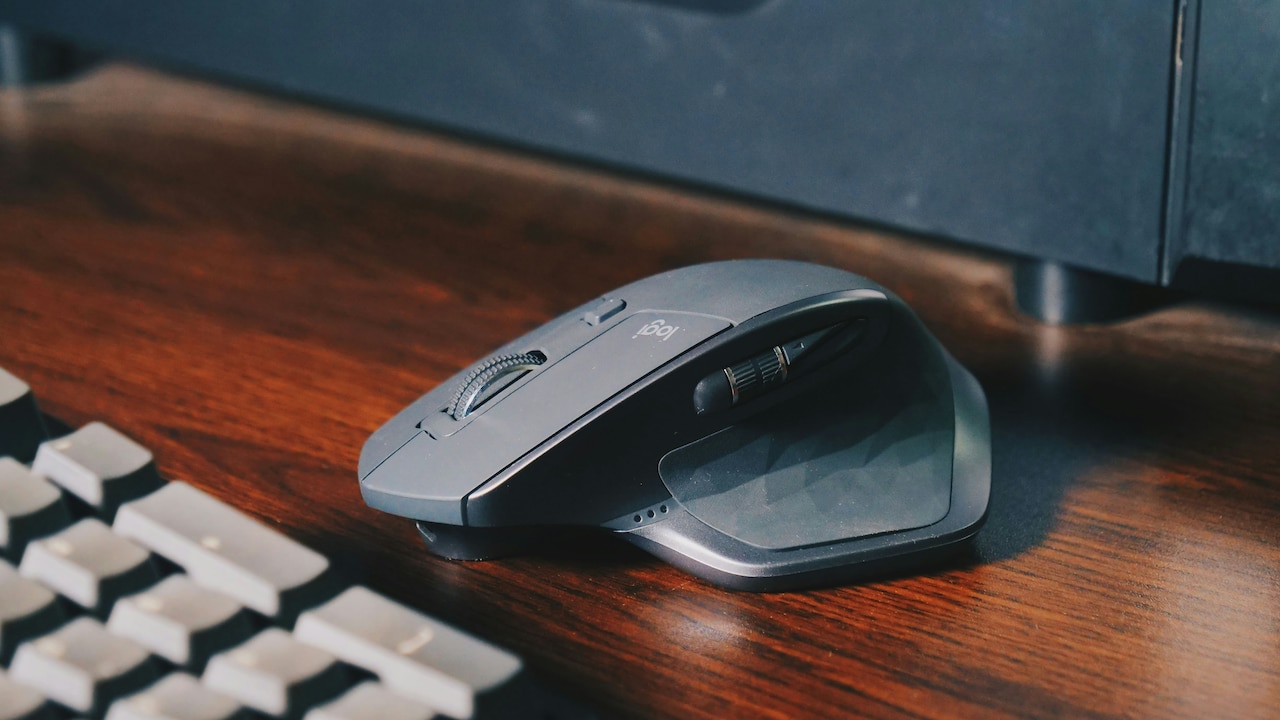
Wireless Mouse Keeps Lagging or Disconnecting? 10 Easy Fixes That Work
Photo Credit: Pexels
Common Causes And Smart Fixes For Lagging Wireless Mice
1. Check The Battery, The Smallest Culprit With The Biggest Impact
It sounds basic, but a dying battery is the most common cause of lag or disconnection. Wireless mice depend entirely on stable battery power, and as the charge drops, so does performance. You might notice the cursor stuttering, freezing, or responding late to movement.
Swap out the battery for a fresh one, ideally from a trusted brand. If your mouse uses rechargeable batteries, plug it in for at least an hour before testing again. For rechargeable models, always check the manufacturer's recommended charging cable. Using a mismatched one can reduce charging efficiency.
Pro tip: keep a spare set of batteries in your desk drawer. It's a tiny habit that saves a lot of frustration when your mouse suddenly gives up mid-Zoom call.
2. Reduce Bluetooth Or Wi-Fi Interference Nearby
Wireless mice use either Bluetooth or 2.4GHz frequency, the same one used by most Wi-Fi routers, smart devices, and even microwaves. When too many gadgets compete on this band, interference creeps in, causing random disconnections.
Move your mouse closer to your laptop or the USB receiver. Try switching your Wi-Fi router to the 5GHz band if supported; it instantly clears up traffic on 2.4GHz. If you're using a USB receiver, plug it into the front USB port or an extension cable to bring it closer to your mouse.
You'll be surprised how often it's not the mouse's fault, it's just struggling to be heard in a noisy digital room.
3. Keep Your Mouse And Surface Clean
A dusty desk or mouse sensor can cause tracking errors that look like lag. Even a thin layer of dirt or oil can confuse the sensor's light reflection, making movement choppy.
Unplug or switch off your mouse, then gently wipe the sensor area with a soft, dry cloth. Clean your mousepad too, especially if it's fabric-based and has gathered dust. If you're using it directly on a glossy surface, switch to a matte mousepad; glossy finishes scatter light and mess with sensor accuracy.
Think of this as your mouse's version of a spa day; a quick clean-up goes a long way in keeping it smooth and responsive.
Also Read: Best Ergonomic Mouse Shapes That Prevent Wrist Pain For Graphic Designers
4. Update Or Reinstall Your Mouse Drivers
Software issues are often to blame for disconnects and lag. Outdated or corrupted drivers confuse the system, leading to delayed responses.
Head to your device's control panel or settings, find the “Mouse” section, and look for driver updates. If your mouse has a companion app, open it and check for firmware updates. Reinstalling the driver can also help if the lag began after a recent system update.
It's like giving your mouse's brain a quick refresh, one update, and it's back to its smart, responsive self.
5. Check Your USB Receiver Placement
If you're using a mouse with a tiny USB dongle, placement matters more than you'd think. A receiver tucked behind a CPU or buried under a monitor can weaken signal strength.
Keep the receiver visible and close, ideally within half a metre of the mouse. Avoid plugging it into a USB hub with multiple other devices, as power distribution or electromagnetic noise can interfere with signal quality.
If your desktop tower sits under the desk, use a short USB extension cable to bring the receiver up front. Sometimes, moving the dongle just a few inches can make lag vanish instantly.
6. Disable Power-Saving Settings That Turn Off USB Ports
Laptops and PCs often disable idle USB ports to save power, great for battery life, not so much for wireless performance. This setting can cause your mouse to “sleep” frequently and disconnect unexpectedly.
Go into your system's device manager, select “USB Root Hub,” and uncheck any setting that allows the computer to turn it off to save power. Similarly, if you're using Bluetooth, disable “power saving mode” in your Bluetooth adapter settings.
You'll lose a bit of battery efficiency, yes, but gain a lot of uninterrupted mouse performance, a fair trade-off for your sanity.
7. Avoid Using Metal Or Reflective Surfaces
Metal surfaces can reflect or block wireless signals, while glossy or glass tables can confuse the optical sensor. If your workspace has a metal desk or a glass top, the mouse might struggle to maintain a stable connection or smooth tracking.
Use a proper mousepad, preferably one with a fabric or matte finish. Some newer laser mice handle glass better, but even they perform best with textured pads.
It's a simple fix that transforms your setup from “why is this lagging?” to “finally, it's smooth again.”
8. Re-Pair The Mouse Or Reset The Connection
Sometimes the connection itself just needs a fresh start. Bluetooth pairings or receiver linkages can get corrupted over time, especially after software updates or when the same mouse is used with multiple devices.
Unpair your mouse, then reconnect it. If it's a Bluetooth model, remove it from the paired devices list and re-pair it from scratch. For USB receiver types, reinsert the dongle and press the “connect” button on the mouse (if available).
This small reset often clears lingering communication bugs. Think of it like turning off and on your Wi-Fi router; it's basic, but oddly effective.
9. Watch Out For Overcrowded USB Ports
If you've plugged multiple high-power devices, external drives, webcams, microphones into your laptop or PC, your system may struggle to supply consistent power to all USB ports. That power dip can make your wireless receiver behave erratically.
Unplug unnecessary peripherals and try using the mouse alone for a while. You can also use a powered USB hub, one with its own external power adapter, to ensure each device gets enough juice.
It's a quiet issue most people miss, but once fixed, your mouse instantly feels more responsive and stable.
10. Consider Upgrading Your Mouse Or Receiver
If you've tried everything and your mouse still misbehaves, it might simply be outdated or faulty. Older wireless models often lack a strong signal range or modern interference-resistant technology.
Look for newer models that use advanced wireless technology (like Logitech's Lightspeed or 2.4GHz adaptive frequency hopping). Even budget mice under ₹1,000 now come with stable performance and long battery life.
Before buying, read reviews and check compatibility, especially if you're using macOS or Linux. Investing in a reliable mouse saves countless hours of frustration and boosts productivity more than you'd expect.

Wireless Mouse Keeps Lagging or Disconnecting? 10 Easy Fixes That Work
Photo Credit: Pexels
Products Related To This Article
1. Portronics Toad 23 Wireless Optical Mouse with 2.4GHz
2. Dell WM118 Wireless Mouse
3. ZEBRONICS Blanc Slim Wireless Mouse with Rechargeable Battery
4. Verilux Wireless Mouse Rechargeable
5. cimetech Dual Mode (BT 5.1+2.4G) Wireless Mouse with LED Lights
6. Logitech Pebble Mouse 2 M350s Slim Bluetooth Wireless Mouse
7. Logitech MX Master 2S Bluetooth Edition Wireless Mouse
A lagging wireless mouse isn't just annoying; it interrupts your flow, productivity, and patience. But most of the time, the cause isn't as mysterious as it feels. Whether it's a tired battery, a dusty sensor, or an overworked USB port, the fix is usually just a few minutes away.
Keep your mouse clean, your connections fresh, and your batteries charged. With these simple steps, you can finally say goodbye to random disconnections and enjoy a truly wireless experience, smooth, steady, and just the way it should be.
(Disclaimer: This article may include references to or features of products and services made available through affiliate marketing campaigns. NDTV Convergence Limited (“NDTV”) strives to maintain editorial independence while participating in such campaigns. NDTV does not assume responsibility for the performance or claims of any featured products or services.)










